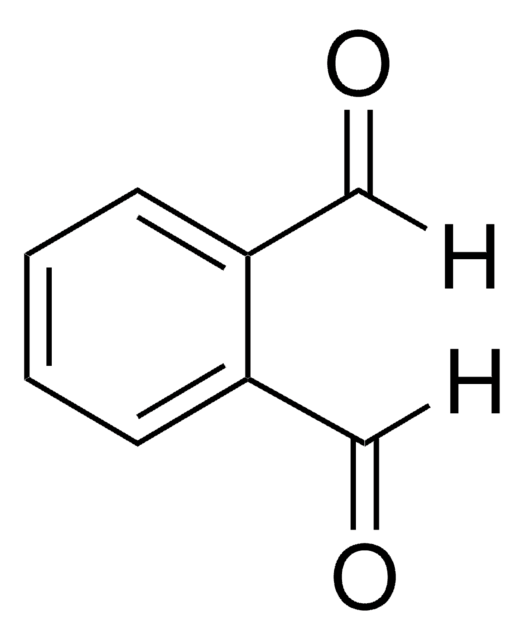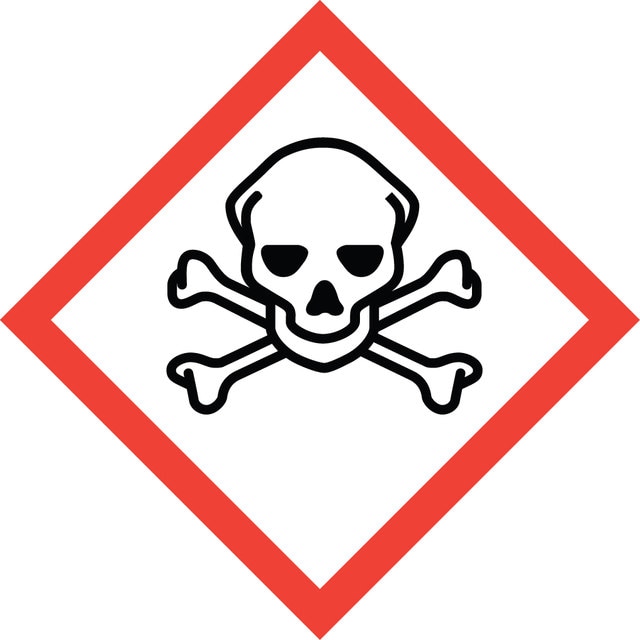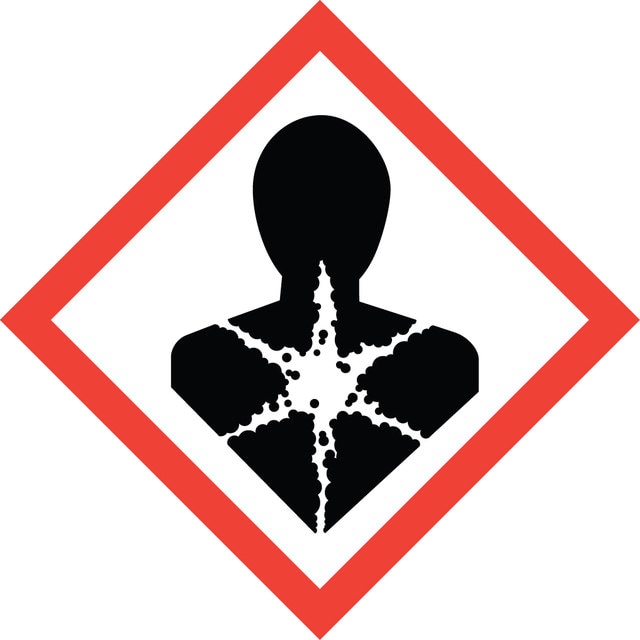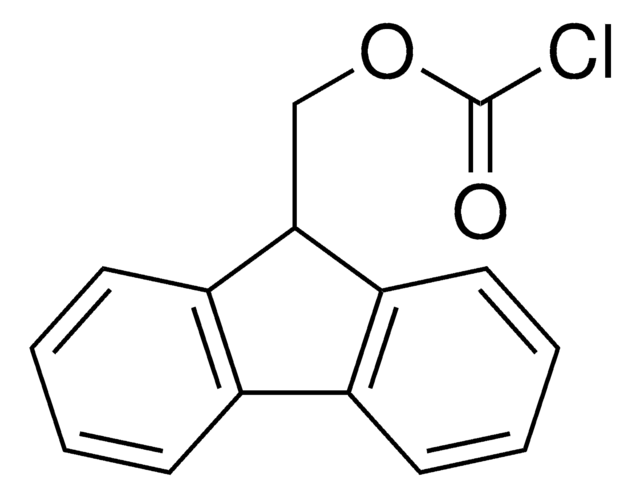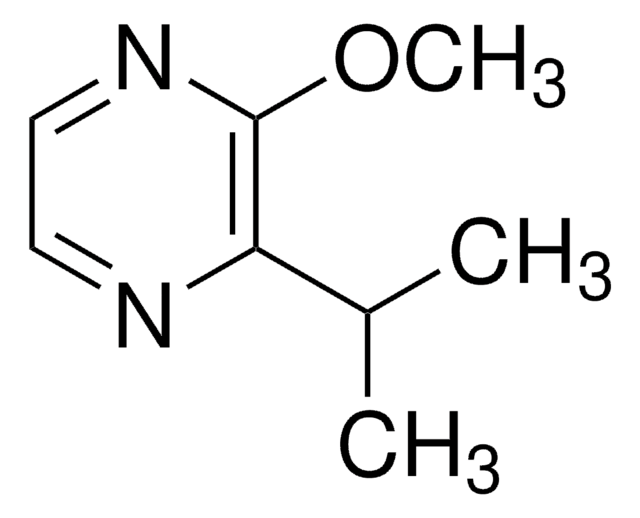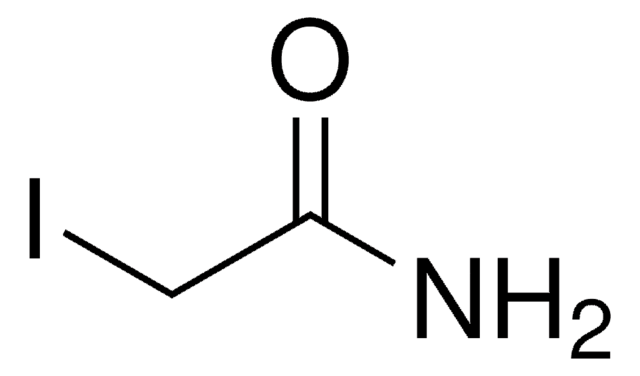97622
2-Mercaptoethanol
for HPLC derivatization, LiChropur™, ≥99.0% (GC)
Synonym(s):
β-Mercaptoethanol, 2-Hydroxyethylmercaptan, BME, Thioethylene glycol
About This Item
Recommended Products
grade
for HPLC derivatization
Quality Level
vapor density
2.69 (vs air)
vapor pressure
1 mmHg ( 20 °C)
assay
≥99.0% (GC)
form
liquid
quality
LiChropur™
expl. lim.
18 %
concentration
14.3 M (pure liquid)
technique(s)
HPLC: suitable
refractive index
n20/D 1.500 (lit.)
n20/D 1.500-1.502
bp
157 °C (lit.)
density
1.114 g/mL at 25 °C (lit.)
storage temp.
2-8°C
SMILES string
OCCS
InChI
1S/C2H6OS/c3-1-2-4/h3-4H,1-2H2
InChI key
DGVVWUTYPXICAM-UHFFFAOYSA-N
Looking for similar products? Visit Product Comparison Guide
Related Categories
General description
Application
Legal Information
signalword
Danger
Hazard Classifications
Acute Tox. 2 Dermal - Acute Tox. 3 Inhalation - Acute Tox. 3 Oral - Aquatic Acute 1 - Aquatic Chronic 2 - Eye Dam. 1 - Repr. 2 - Skin Irrit. 2 - Skin Sens. 1A - STOT RE 2 Oral
Storage Class
6.1A - Combustible, acute toxic Cat. 1 and 2 / very toxic hazardous materials
wgk_germany
WGK 3
flash_point_f
165.2 °F - closed cup
flash_point_c
74 °C - closed cup
Choose from one of the most recent versions:
Certificates of Analysis (COA)
Sorry, we don't have COAs for this product available online at this time.
If you need assistance, please contact Customer Support.
Already Own This Product?
Find documentation for the products that you have recently purchased in the Document Library.
Customers Also Viewed
Our team of scientists has experience in all areas of research including Life Science, Material Science, Chemical Synthesis, Chromatography, Analytical and many others.
Contact Technical Service
